Fluance RT85 Is The First (And Last) Turntable You Will Need
Vinyl, when I was a youngster, was easy. My parent’s ginormous cabinet stereo had a record player AND 8-track player. I had my parent’s collection of vinyl, put a record on, and I was happily listening in bliss. However, I got into this hobby and started looking at turntables, needles, plinth weight, and so many other (unimportant) factors! I have spent a LOT of money on the “perfect” setup. What have I learned? The Fluance RT85 is the first (and last) turntable you will need.
At $499, it’s a hidden gem and the flagship of the Fluance line. Equipped with an acrylic platter and Ortofon 2M Blue as standard equipment, it’s pretty hard to beat. Let’s discuss!
Specs
| Turntable Specifications | |
|---|---|
| Drive System | Belt Drive |
| Motor | DC Motor with Servo Controller Analyzes motor speed 500 times/sec |
| Motor Isolation | Under-mounted 7-point silicone isolation with decoupling isolation ring |
| Speed | 33 1/3 RPM, 45 RPM (78 RPM – No) |
| Speed Variation | 0.10% |
| Wow and Flutter | 0.07% |
| Signal-to-Noise Ratio (Weighted) | 76 dB |
| Signal-to-Noise Ratio (Unweighted) | 65 dB |
| Platter | Acrylic |
| Diameter of Platter | 12 inches (30 cm) |
| Weight of Platter | 3 lbs (1.5 kg) |
| Height of Platter | 0.62 inches (16 mm) |
| Auto-Stop | Yes |
| Turntable Mat | Not Required |
| Installed Cartridge | Ortofon 2M Blue MM (moving magnet) |
| Internal Phono Pre-amp | No |
In The Box
The Fluance RT85 comes with everything you need in the box to get you up and running. The RT85 comes securely packaged with the plinth/tonearm/platter assembly securely sandwiched in Styrofoam, with the dustcover secure and safe. The headshell (with pre-installed Ortofon 2M Blue) and counterweight are tucked safely in the styrofoam. Lastly, there is a bag with your RCA cable, ground wire, 45RPM adapter, power brick, and bubble level.
Unlike the Fluance RT81 I reviewed, there is no built-in phono pre-amp so you will either need to use the one in your AV/stereo receiver or add an external one.

Build Quality
The build quality of the Fluance RT85 is outstanding. I have always complimented Fluance for making gorgeous-looking turntables. The plinth is made from MDF and weighs in at about 16 lbs with the 3lb acrylic platter installed. It sits atop three adjustable rubber feet. The plinth is available in gloss white/black, walnut, and bamboo. I have the walnut color and the finish is flawless. This high-mass plinth/platter/rubber feet combo ensures that vibrations will be virtually eliminated.

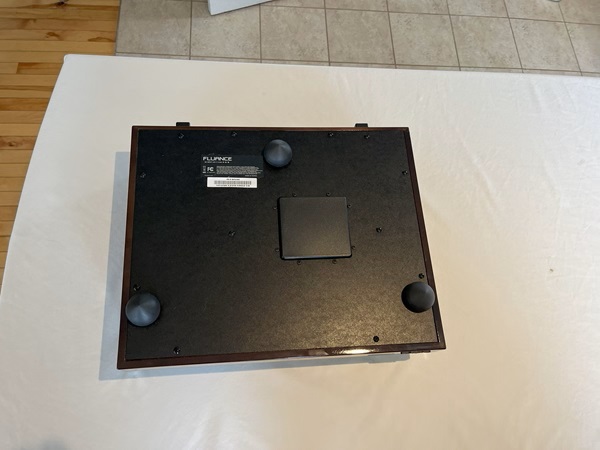
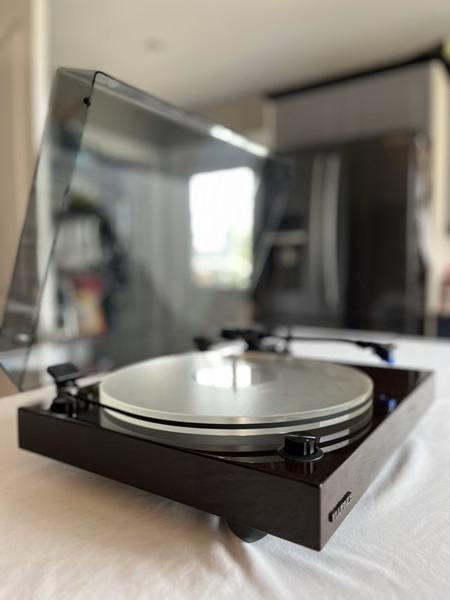
Tonearm
The tonearm is an S-shape aluminum tonearm with a removable headshell that comes with the Ortofon 2M Blue preinstalled. The anti-skate mechanism is an adjustable dial, making it easy to set. I refuse to get into a debate about straight arm vs. s-shape or aluminum vs. carbon fiber with tonearms. I have used both. With my gear, I have never heard an audible difference between the two. The debate should be settled by aesthetics alone in my opinion.

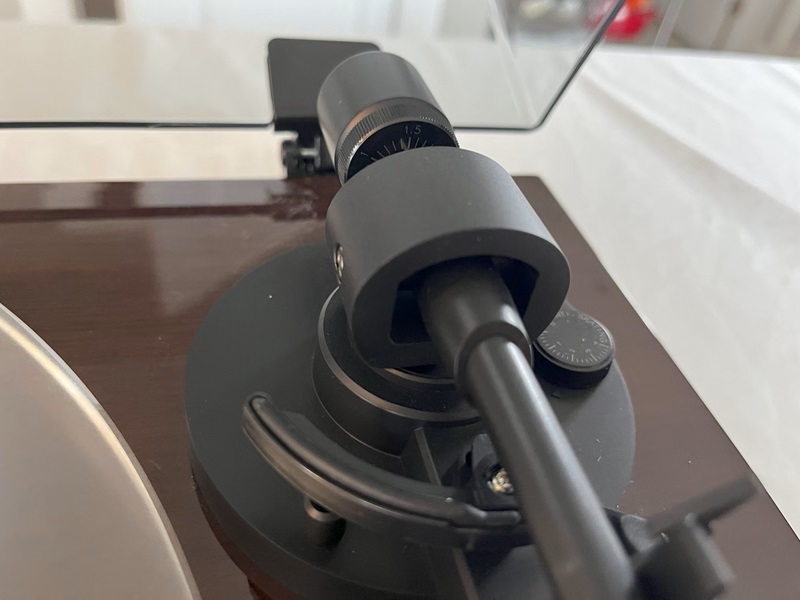

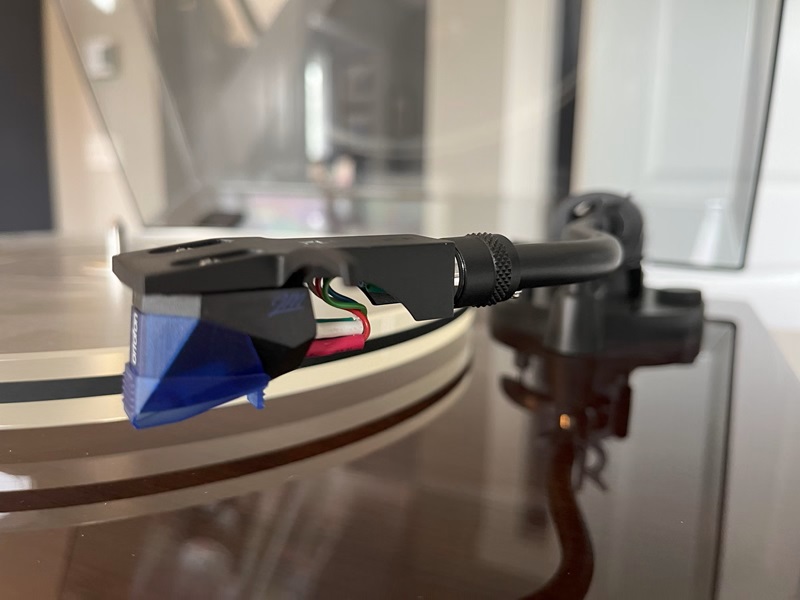
I do like the removable headshell. You can mount different cartridges and swap them out quickly if you wish. As a reviewer, I love the ability to quickly pull off a cartridge and swap to another for comparison. That said, I know a lot of vinyl enthusiasts who have specific cartridges for different types of music or LPs.
One common “nitpick” I hear about the RT85’s tonearm is that it will only hold a 5-7.5g cartridge. What does that mean to you? Absolutely nothing. Very expensive cartridges (think thousands of dollars) can reach upwards of 10 (or more) grams and require a heavier counterweight. However, no turntable under $2k will support that. So chances are that if you can afford a $5k cartridge, you are not buying a $499 turntable.
I mention this only to point out how ridiculous some reviews can be. The build quality of the tonearm and counterweight are more than adequate for 99.9% of folks out there.
Platter
The RT85 comes with an acrylic platter standard. Like tonearms, I am not going to get into an aluminum vs acrylic debate. That said, there are some advantages to acrylic. First, acrylic (typically) eliminates static electricity, which your needle will pick up. Secondly, it’s heavy. Once it gets up to speed, it’s easy to keep it rolling smoothly. Plus because it’s heavy, it will help dampen vibrations. Lastly, it looks darn cool.
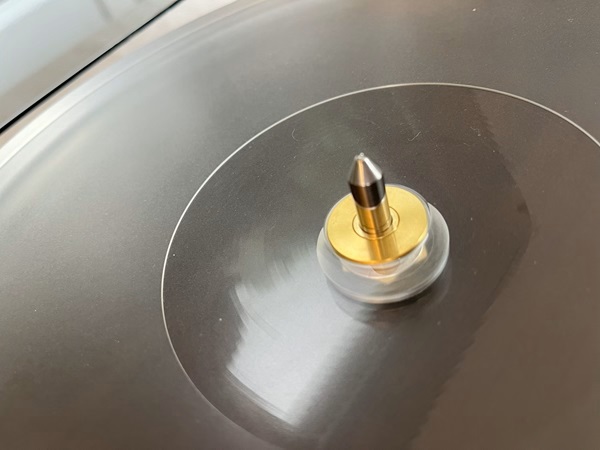


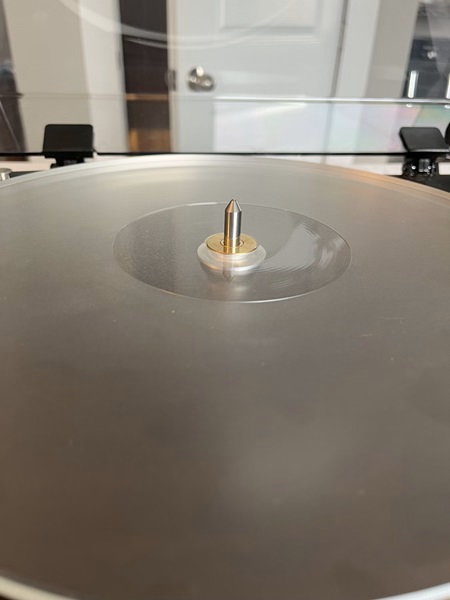
I do like that it is a standard loadout for the Fluance RT85. One of the first things that folks do when they want to upgrade their turntable is to get an acrylic platter and a new cartridge. Luckily, Fluance cured the upgradeitis right out of the box.
Motor
The platter is powered by a 2-speed (33 1/3 or 45 RPM) precision servo-controlled, belt-driven motor. What does that mean in non-nerd? Essentially the motor uses an optical sensor to continuously monitor the speed of the motor/spindle/platter and ensure that it is not too fast or too slow.
Speed matters with analog physical media. Too slow and it sounds like they are drunk. Too fast and it sounds like Alvin and the Chipmunks! Fluance claims a 0.10% variance in speed. If you are wondering, that is pretty darn low!
Cartridge
The Fluance RT85 comes with the Ortofon 2M Blue standard, not as an upgrade. The Ortofon 2M Blue is $189 alone and my Pro-Ject Debut Carbon Evo with the 2M Red (a step down) without the acrylic platter is $599. Let that sink in…I’ll wait. Here is a spoiler alert, I was not a fan of the Ortofon 2M Red (more below), but I love the 2M Blue.
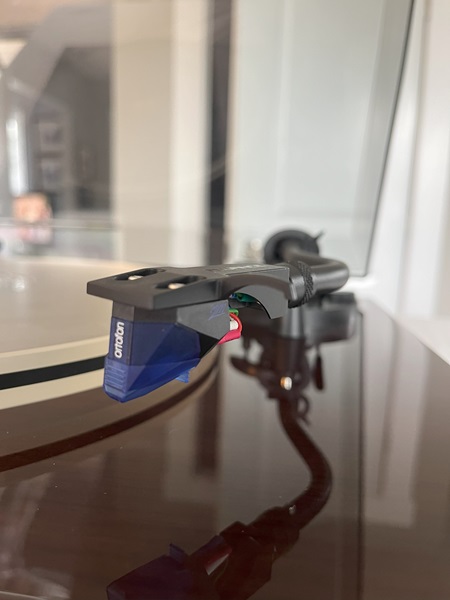
The great thing is that the Ortofon 2M Blue and Red share the same cartridge body, so I can easily swap the stylus and compare the two. And boy, did I! I would recommend that you run them with an external phono pre-amp rather than a built-in one. I find that there is more gain with an external box and it brings out the performance of the cartridge.
To protect this cartridge, the Fluance RT85 has an auto-stop feature built in. I grew up with automatic tables that lifted and lowered the tonearm, so I enjoy having an auto-stop. No, it won’t pick up the needle, but it will stop your turntable from destroying your very expensive needle.
Setting Up The Fluance RT85
Typically I will go into detail about setting up the turntable. However, I am going to resist the urge and point you towards the very helpful video tutorial that Fluance provides. It does a far better job of showing you how to set up the RT85.

What I can say is that setup is not complicated and the included guide will get you up and spinning vinyl pretty quickly. I have a stylus force scale, so setting the tracking weight was even simpler. Setting the anti-skate is just as easy with a selector knob. From start to finish, I was spinning vinyl in about five minutes, but I had set up dozens of turntables.
How Does The Fluance RT85 Sound?
I said very early in my review that the Fluance RT85 is the first (and last) turntable you will need. Heck, it is my title! That alone should tell you how it sounds. In a word, this turntable sounds AMAZING! Not surprising when it has a quality plinth, motor, platter, tonearm, and needle, all included for $499. As long as a turntable can spin a record smoothly (motor and platter), has no vibrations (plinth), and has a good stylus with a smooth tonearm, you are almost guaranteed a great sound.
I was also very interested in how the Ortofon 2M Blue would sound compared to my 2M Red. When I did my review of another turntable with the 2M Red, I was not impressed with it. I preferred the much more economical Audio-Technica ATVM95E. Spoiler alert, the 2M Blue is a noticeable upgrade to the 2M Red. More on that later.
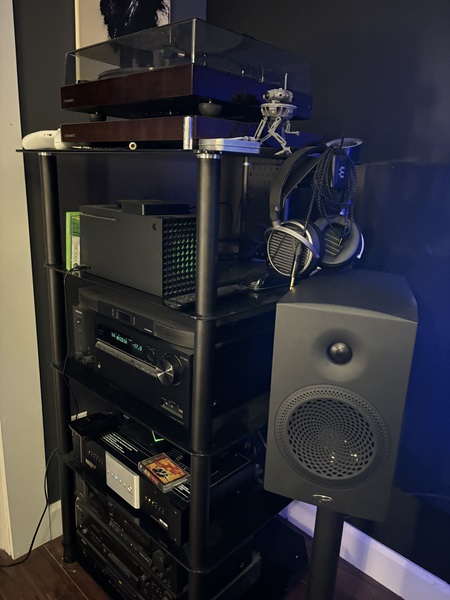
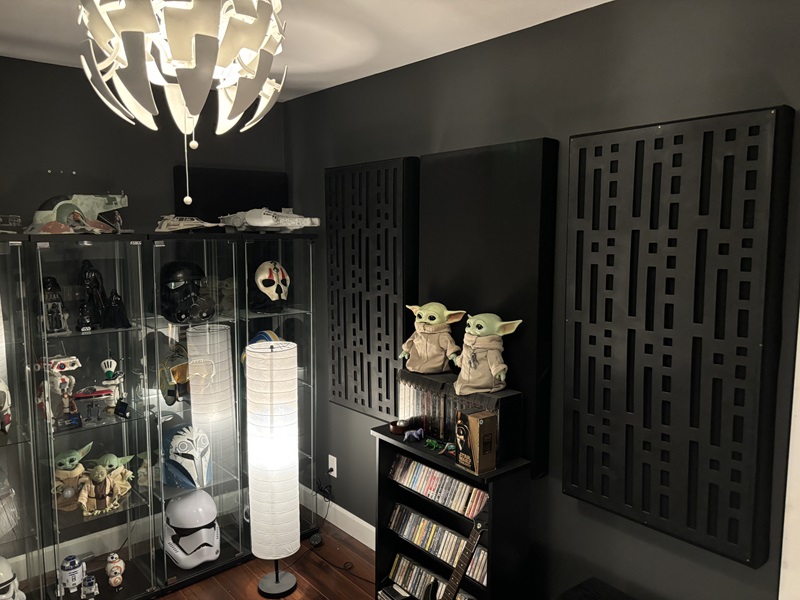
As always, I am using my Onkyo TX-NR7100, with a built-in phono stage, my Paradigm Premier 200Bs, and a pair of SVS PB-1000 Pro’s. My room is well-treated, and I used Dirac Live as my room EQ. No, I will not be using my Pure Direct mode. I like having my bass management active, and my room EQ’ed in stereo mode. Come at me audiophiles!
Lastly, all of my LPs are fairly new. The only “vintage” ones I have are from my parents and grandparents’ collections, those were also well taken care of. This means I won’t have to contend with scratches, warped LPs, or dirty LPs. My typical listening for LPs is more jazz and rock/alternative. I just feel these fit the vibe of vinyl more.
Jazz
As expected, jazz is smooth and clear on the Fluance RT85. I listened to the same song, Miles Davis, So What (Kind of Blue), on both the 2M Red and 2M Blue and I found a noticeable difference between the two cartridges. Whereas there was a louder noise floor from the 2M Red, the 2M Blue was noticeably quieter at the same volume. The highs with the RT85 were tight and precise, and the bass was impactful and well-defined.
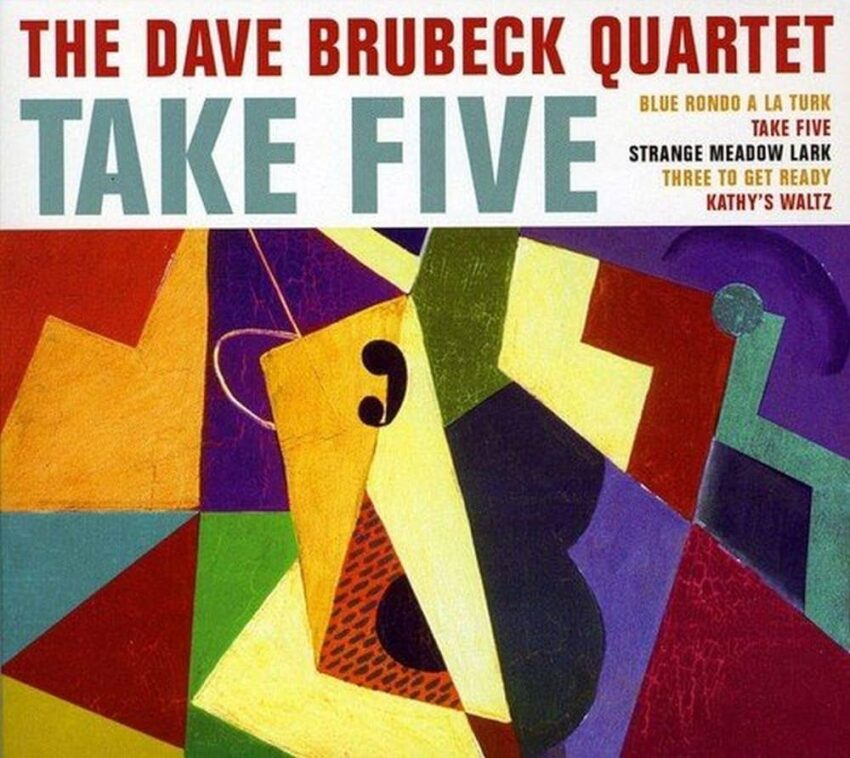
Of course, I had to play my old faithful, Take Five by the Dave Brubeck Quartet. As with So What, the instrumentals were crisp and distortion-free. I use Take Five so much because it has one of the most iconic off-time drum beats throughout the song. This off-time beat means the tsst-tsst of the cymbals is always audible and sounds like mush on lesser turntables. Again, my hat is off to the Ortofon 2M Blue here. Paired with the platter and tonearm, it was incredibly detailed and rich, and it did breathe some new life into one of my favourites.
Rock/Alternative
Most of my other LPs are ’90s/’00s rock and alternative. These LPs feature many vocals, guitars, and drums that can rock your system. Again, I tested the Fluance RT85 with the Ortofon 2M Red and 2M Blue. Like my tests with the jazz LPs, the 2M Blue was noticeably better than the 2M Red. While the instrumental parts of my rock/alternative LPs are not as delicate as my Jazz LPs, there is still some great detail in the instruments and bass.

The bass was crisp and detailed and thumped you in the chest. I enjoyed listening to Linkin Park, Eric Clapton, and Tracy Chapman (to name a few) with this turntable. My buddy brought over an armful of his favourite ’70s and ’80s rocks and commented on how great they sounded on my system.
Our Take
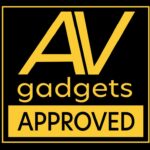
I stand by my statement that the Fluance RT85 is the first (and last) turntable you will need! I loved the Fluance RT81 and I have recommended them to many of my friends and family. And at $249, the RT81 is a deal. But, for $499, the Fluance RT85 will fix any upgrade urges and get you one of the best mid-priced turntables in the market.
The addition of the acrylic platter and the Ortofon 2M Blue are worth the extra cash, but add in adjustable feet and you have my new recommendation for a turntable. The saying “buy once, cry once” applies here. You could buy a lesser turntable and then spend hundreds more upgrading it. Or you could drop the $499 and get a turntable that does it all and leaves money in your pocket to buy some LPs.
The Verdict: AV Gadgets Approved

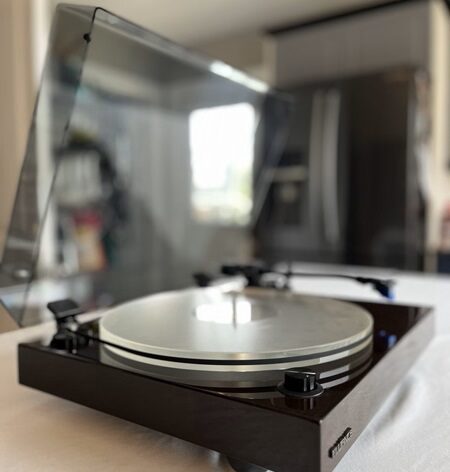

nice review thanks
Glad you enjoyed it!